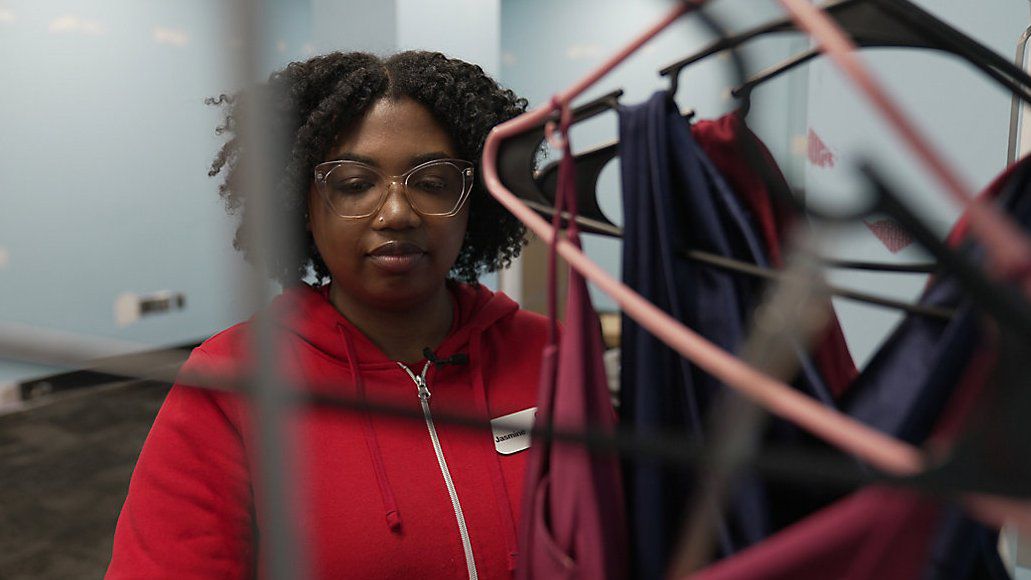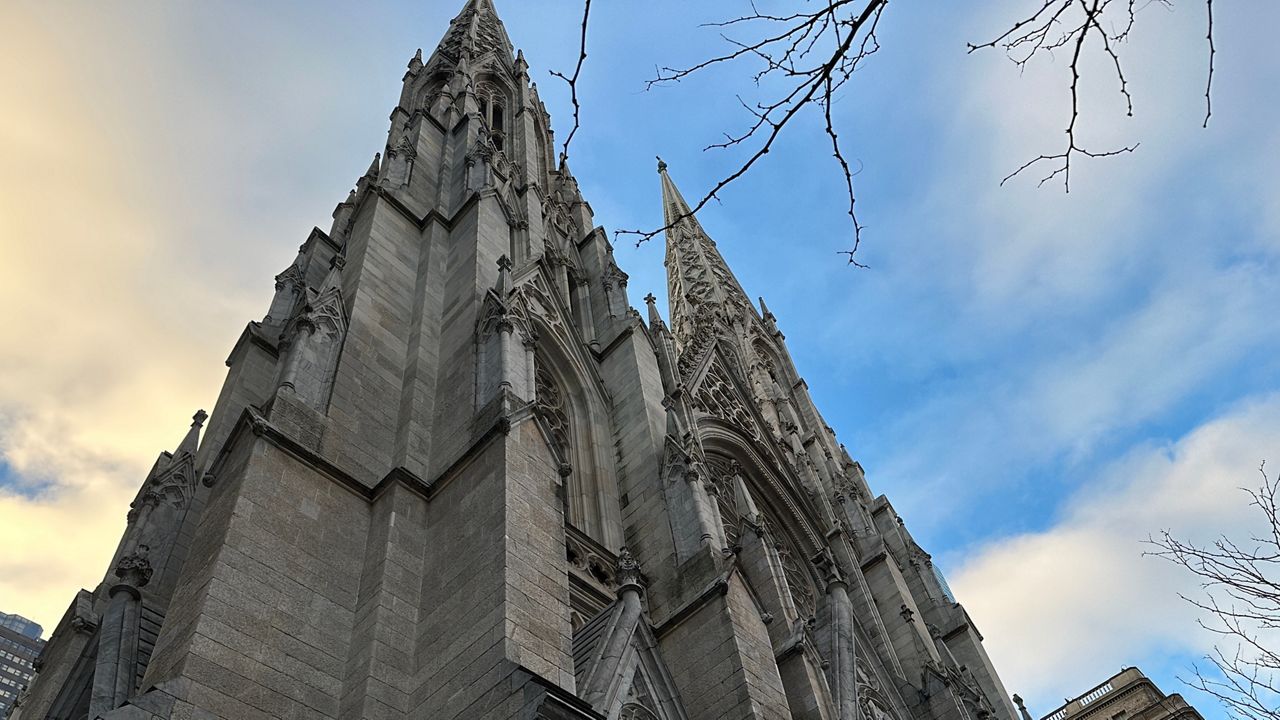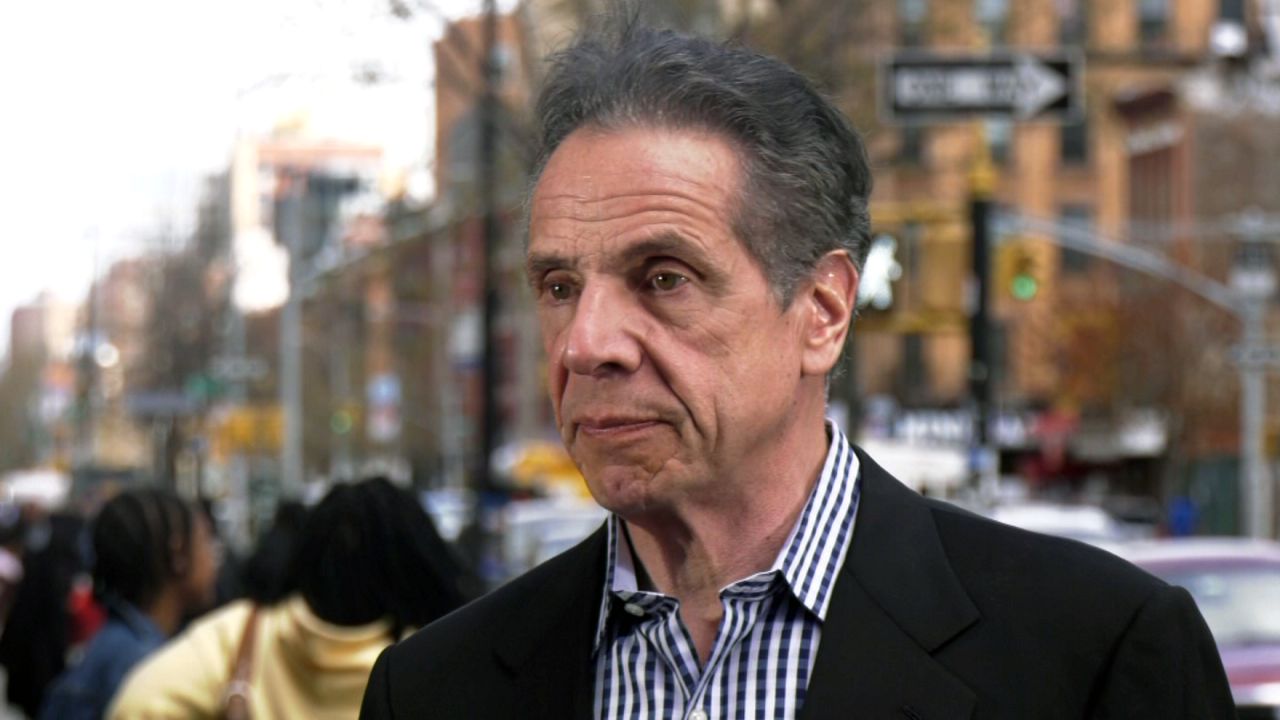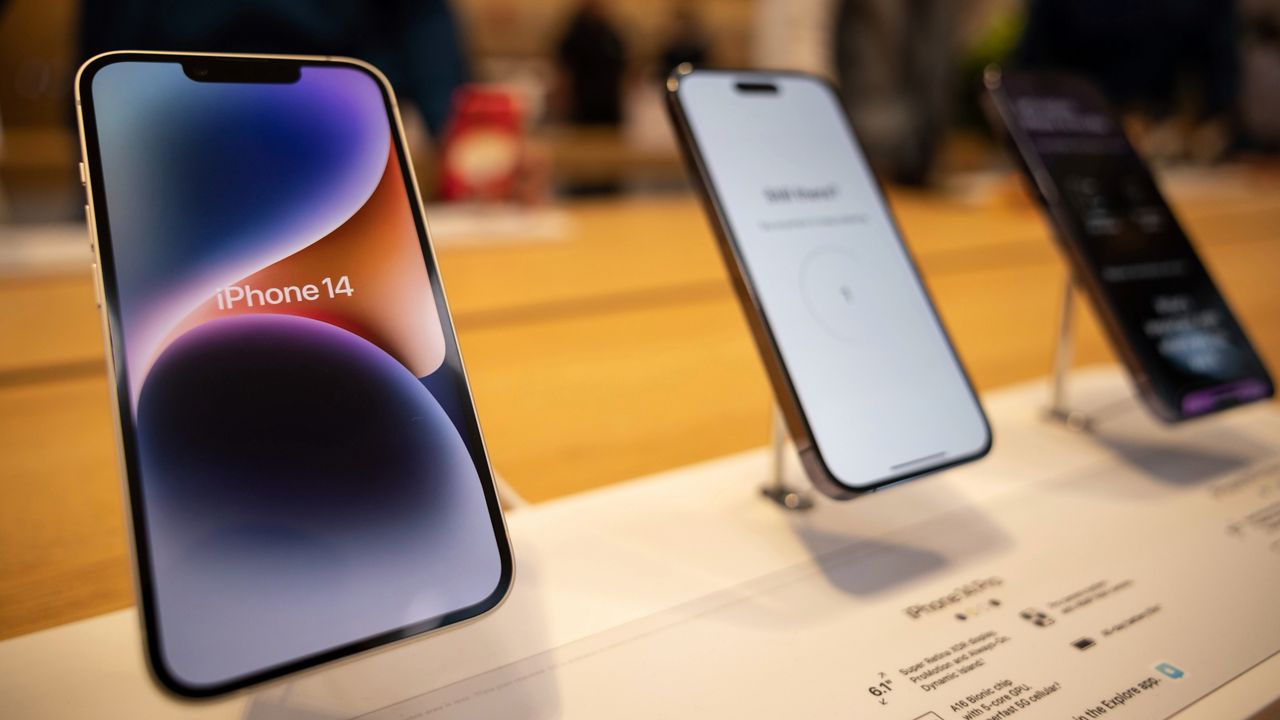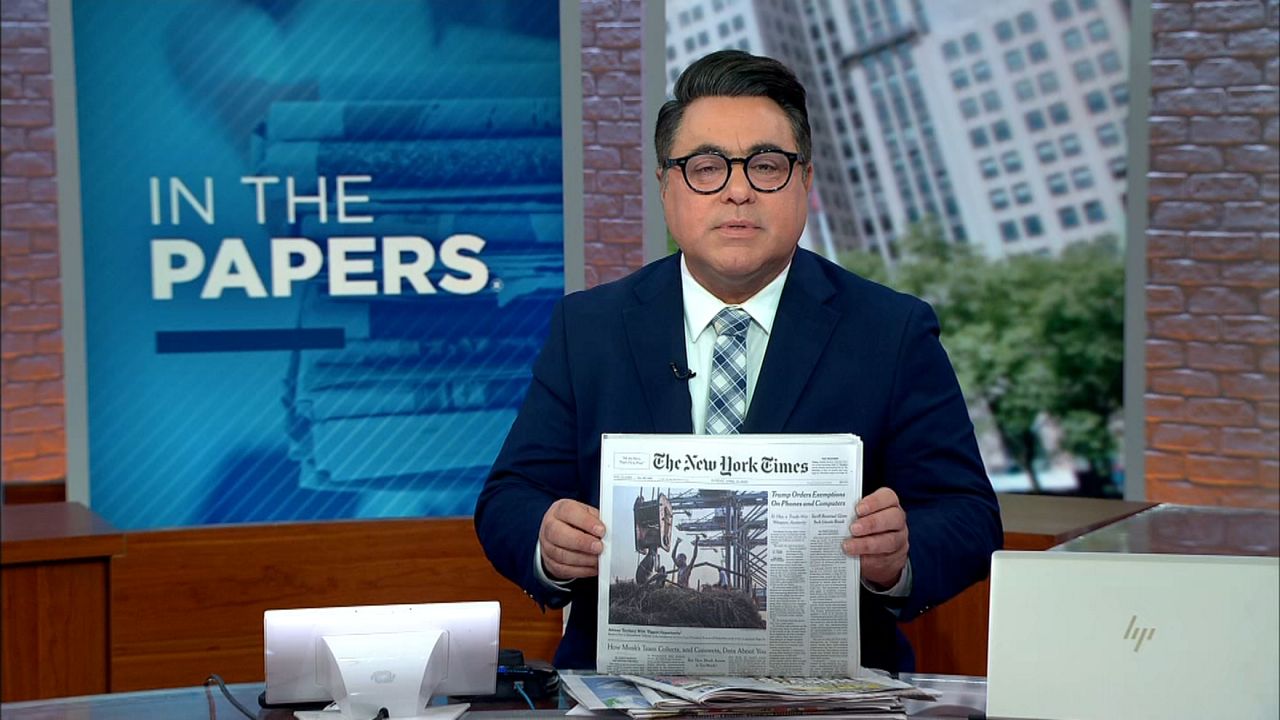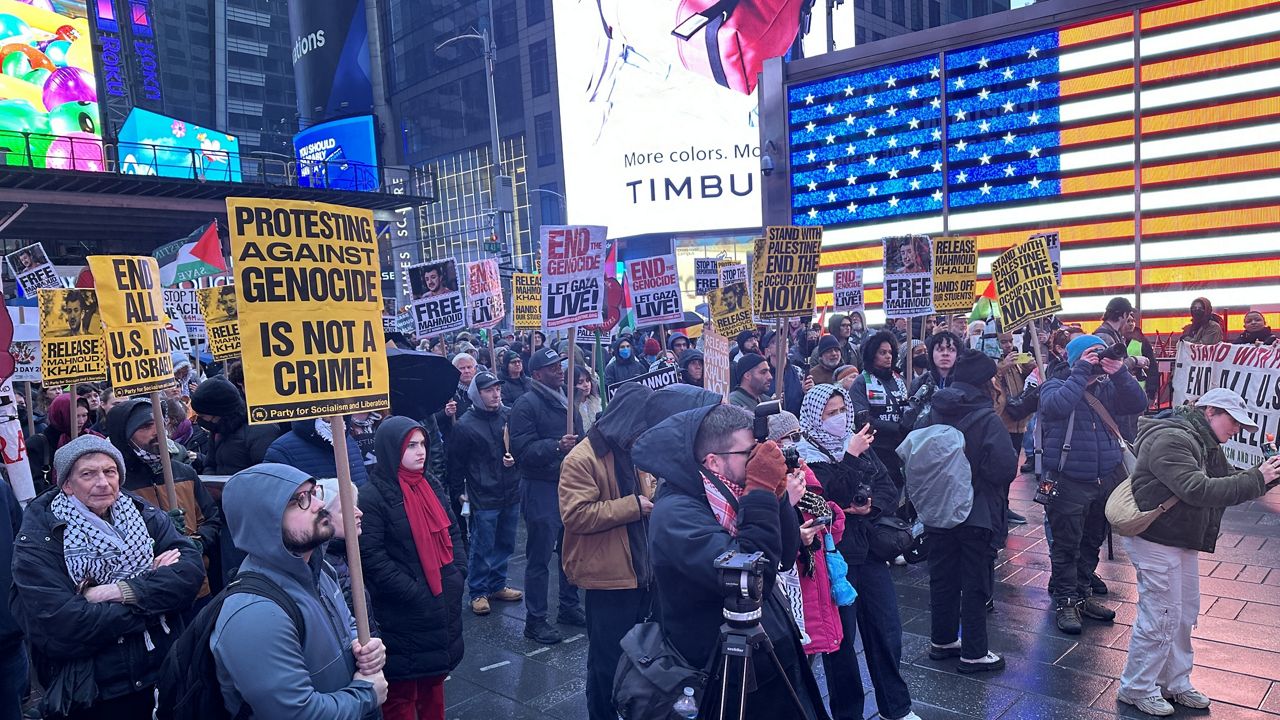Alex Miser Duncan is an Astoria resident. The 30th Avenue subway stop is part of his commute.
“I’ve been living in Astoria for about 15 years, and almost all of them, I’ve been commuting out of this subway station from various apartments,” he said.
Thousands of subway riders catch the W or the N at the stop weekly. Per year, that's more than 3 million swipes.
What You Need To Know
- The MTA says congestion pricing will be a game changer for reliability, which would improve commute times for many subway riders
- The plan calls for signal modernization, new rail cars, public address system upgrades at 70 stations, ventilation system improvements at more than 50 locations, and making more stations accessible for people with disabilities. That means building ramps and elevators
- Alex Miser Duncan, a congestion pricing advocate, is excited to see the toll begin on Jan. 5, because he believes the money and effort will go to building a world-class subway system
“We do have a bit of a problem with the subway, especially recently with reliability. Since COVID, the line goes down all the time,” Duncan said.
The share of scheduled W trains that are actually delivered during peak times was 83% to 95% in the last five years compared to 90% to 98% of trains systemwide — with the exclusion of a big dip during COVID. Despite that, the W’s on-time performance is about 5% better than the systemwide average.
“When it doesn’t work, it’s a bit of a problem, and you sometimes have to go hours out of your way. A lot of people are very resentful that we haven’t put more money, effort, and time into building a world class subway system,” Duncan said.
The MTA says congestion pricing will be a game changer for reliability.
“The MTA is ready to do its part to use the money that we’re going to receive from the capital program and congestion pricing efficiently to build out the improvements that this program will support,” MTA Chair and CEO Janno Lieber said.
The plan calls for signal modernization, new rail cars, public address system upgrades at 70 stations, ventilation system improvements at more than 50 locations, and making more stations accessible for people with disabilities. That means building ramps and elevators.
“It’s great news, 'cause this complex accommodates over 130,000 passengers every day,” Lieber said.
In December, the MTA announced the completions of several elevators, making the 14th Street subway station at Seventh Avenue fully accessible.
Transit leaders have said congestion pricing is the only way it can fulfill its legal agreement to make 95% of stations accessible by 2055.
Also dependent on the toll: Expanding the Second Avenue Subway up to 125th Street, which will connect the subway to Metro-North trains and M60 Select Bus Service to LaGuardia Airport.
“Ninety percent of the people who are traveling to this area come by transit, and they are going to benefit hugely — better signals, new rail cars, more ADA stations, better service, good for everyone,” Lieber said.
Planners say that includes improving the power to trains, lighting, and even substations serving stations like those used for the W.
“Congestion pricing works. We know it works, because it’s been implemented in other cities,” Duncan said.
Duncan wants to see congestion pricing implemented.
Recently, his commute from Astoria to 57th and Seventh took just 15 minutes. He believes his commute travel time below ground will drop after the toll starts above ground for drivers to enter Manhattan below 60th Street.
“Oh, I’m pumped. I mean, everybody should be pumped,” he said. “This is the best way to do it. It targets the people making the congestion, and encourages them not to, and doesn’t target the people not making congestion.”




_PKG_Subway_Rider_Congestion_Pricing_CLEAN_132153054_4094?wid=320&hei=180&$wide-bg$)

